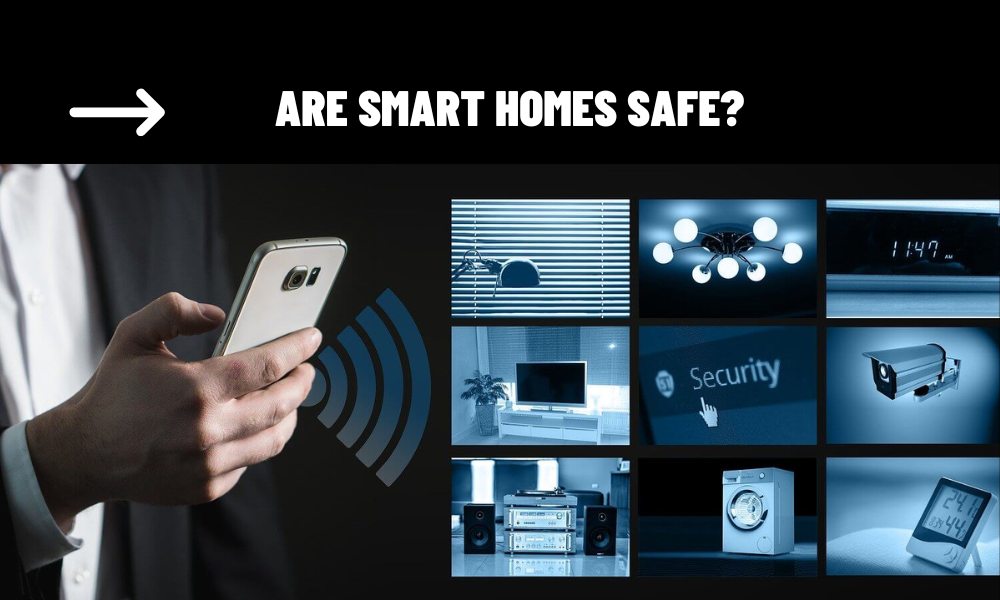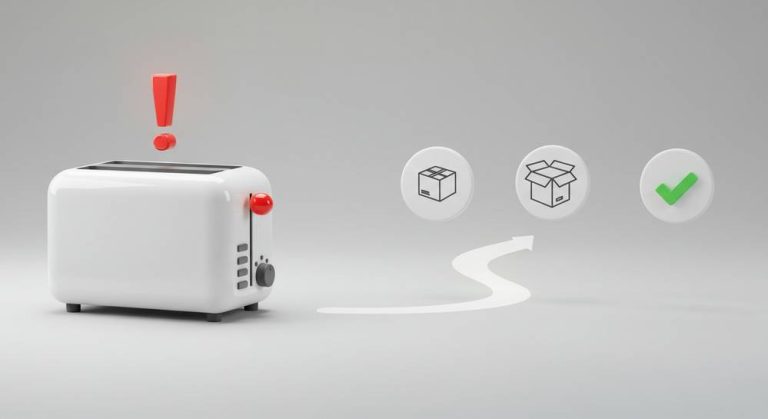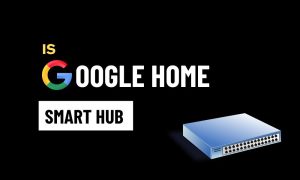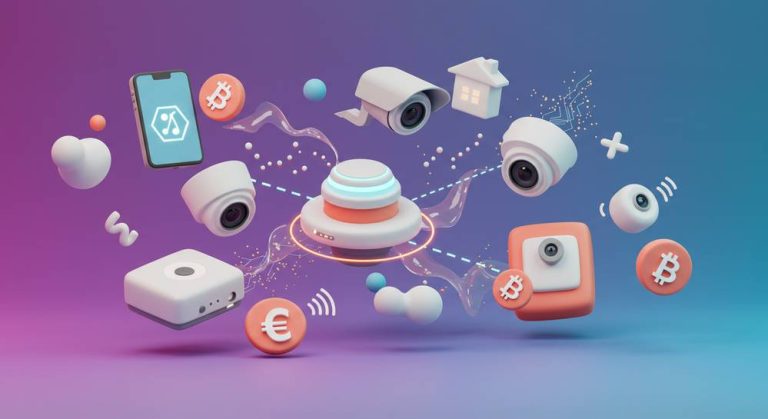Smart homes are revolutionizing the way we live, making everyday tasks more convenient and efficient. With just a few taps on your phone or simple voice commands, you can control your lights, thermostat, security system, and even appliances. But as the number of connected devices in our homes grows, one question remains: Are smart homes safe?
While the advantages of smart homes are undeniable, there are also significant security risks associated with the increasing number of connected devices. In this guide, we’ll explore the potential security concerns in a smart home, the risks involved, and practical steps you can take to make your smart home safer.
The Security Risks of Smart Homes
Before we look at how to secure your smart home, it’s important to understand the security risks that come with having multiple connected devices. These risks include:
1. Vulnerability to Cyberattacks
Every connected device in your smart home is a potential entry point for hackers. From smart speakers to smart cameras and doorbell systems, cybercriminals can exploit weaknesses in your devices to gain access to your network. Once a hacker gains access to one device, they can use it as a gateway to infiltrate other devices in your home.
The growing popularity of the Internet of Things (IoT) means that smart home devices often come with poor security practices—such as default passwords or unencrypted data—which make them easy targets for attackers.
2. Privacy Concerns
Smart devices, especially those that are always listening like voice assistants (Amazon Alexa, Google Assistant, etc.), can record your conversations, store personal data, and track your habits. While this data is often used to improve the functionality of devices, there is a risk of it being compromised if hacked.
In addition, connected cameras, doorbell systems, and monitoring devices can inadvertently share private details about your home—such as when you’re home or away, the layout of your home, and even personal conversations. Without proper safeguards, hackers could potentially exploit this data.
3. Weak or Default Passwords
A significant percentage of smart home security breaches occur due to weak or default passwords. Many people fail to change the factory settings on their devices, leaving them vulnerable to simple attacks. Hacking into a device with a default password is much easier than breaking through a more robust, personalized password.
4. Outdated Firmware and Software
Like all technology, smart home devices need to be regularly updated to ensure they remain secure. Devices that are no longer supported by the manufacturer or have outdated firmware are at greater risk of being exploited. Smart devices that don’t receive timely updates may have known vulnerabilities that hackers can take advantage of.
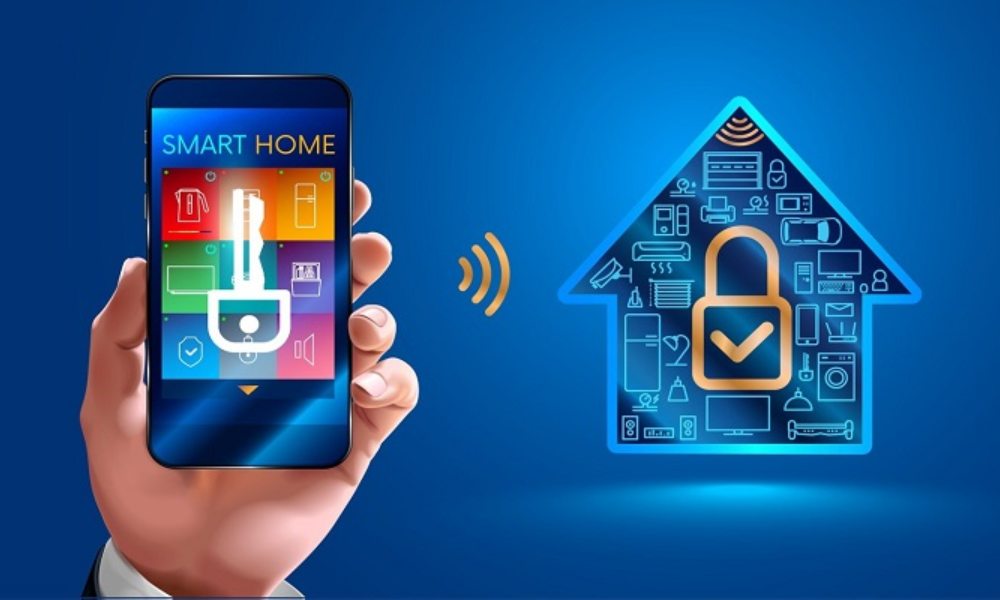
Best Practices for Securing Your Smart Home
While the risks are real, there are plenty of steps you can take to safeguard your home and devices. Here are some best practices for enhancing the security of your smart home.
1. Use Strong, Unique Passwords for Each Device
One of the simplest and most effective ways to secure your smart home is by using strong, unique passwords for every device, app, and account. A strong password should include a mix of upper and lower case letters, numbers, and special characters. Avoid using simple or default passwords, and never reuse passwords across different devices.
Consider using a password manager to generate and store complex passwords, and enable two-factor authentication (2FA) on all your smart home accounts for an extra layer of protection.
2. Keep Your Devices Updated
Regularly check for software and firmware updates for all of your smart devices. Manufacturers release updates to patch security vulnerabilities, so it’s crucial to stay on top of these updates. Set your devices to automatically update when new patches are available, or manually check for updates at least once a month.
If a device is no longer supported by the manufacturer and can’t receive updates, consider replacing it with a newer, more secure model.
3. Set Up a Separate Wi-Fi Network for Smart Devices
One effective way to protect your devices and personal data is by creating a separate network for your smart devices. This isolates your smart home devices from your main network, reducing the likelihood that a breach will expose sensitive information like banking details or personal files.
For example, you could set up a guest Wi-Fi network for your smart home devices, ensuring that they are isolated from your primary devices (e.g., laptops, phones, etc.). Be sure to use WPA3 encryption for your Wi-Fi network to enhance security.
4. Turn Off Unnecessary Features
Many smart devices come with unnecessary features that could pose a security risk. For instance, if you’re not using voice commands on your smart speaker, disable the microphone. Similarly, if you don’t need a camera on your doorbell to record footage when you’re away, consider turning it off or enabling motion detection only.
If your devices offer remote access, make sure it’s only enabled when necessary, and consider limiting the access to trusted devices only.
5. Use Secure Platforms and Reputable Brands
When choosing smart home devices, always go for reputable brands and platforms with a strong commitment to security and privacy. Opt for devices that support secure protocols, such as Matter, which is designed to ensure better interoperability and security across smart home ecosystems.
If you are considering third-party apps for controlling your devices, make sure they come from trusted sources and are regularly updated. Always read reviews and ratings before installing any third-party applications.
How to Protect Your Privacy in a Smart Home
Alongside securing your devices from cyberattacks, protecting your privacy is just as important. Here are a few tips to ensure your data stays safe:
1. Review Privacy Settings Regularly
Most smart home devices allow you to customize privacy settings to control the amount of data they collect. For instance, you can choose to delete voice recordings from your voice assistant, opt-out of location tracking, or prevent devices from storing personal data. Regularly review these settings to minimize unnecessary data collection.
2. Be Careful About What You Share
Be mindful of the personal information you share with smart devices. Some devices, like smart speakers and virtual assistants, may inadvertently record sensitive information. Avoid speaking personal details like credit card numbers or addresses in the vicinity of smart devices unless absolutely necessary.
3. Disable Remote Access When Not in Use
Many smart devices offer remote access features, allowing you to control your home from anywhere. While this is convenient, it can also present security risks. If you’re not using the remote access feature, it’s best to disable it to prevent unauthorized access.
Conclusion
In conclusion, while smart homes offer incredible benefits—making our lives more convenient and efficient—they also come with inherent risks. Security and privacy are top concerns, but by following best practices and staying informed about the latest threats, you can keep your smart home safe from cyberattacks and protect your personal data.
Regularly update your devices, use strong passwords, and be selective about the information you share. With these precautions in place, you can enjoy the convenience of a smart home while minimizing the risks.
Final Tip:
As the world of smart home technology evolves, expect to see more AI-driven security solutions and privacy-first smart devices on the market. Until then, it’s essential to stay proactive about your security and privacy settings.
